Working from home … Work health and safety (WHS) laws apply when workers work from home just as they do in traditional workplaces such as offices. This means a person conducting a business or undertaking (PCBU) must ensure the health and safety of their …
Page last updated:
Working from home - Overview
Overview What is working from home? Working from home means workers work from their own home, alone or with other household members present. Working from home arrangements may be: ongoing temporary or ad hoc for all of a worker’s hours, or only for part …
Page last updated:
Working from home - WHS duties
WHS duties If you’re a PCBU, you must manage the health and safety risks to workers and other persons, so far as is reasonably practicable. This includes when workers are working from home. PCBU duties under WHS laws A PCBU has a duty under …
Page last updated:
Working from home - Managing risks
Managing risks You must eliminate or minimise health and safety risks at work, so far as is reasonably practicable, including when workers are working from home. Common hazards workers may be exposed to when working from home include: poor workstation set …
Page last updated:
Working from home - Resources
Resources PCBU information sheet: working from home Worker information sheet: working from home Working from home checklist Setting up your workstation infographic Sitting and standing Remote and isolated work Information sheet: Family and domestic …
Page last updated:
Personal protective equipment (PPE) - Overview
Overview What do the model WHS regulations say? The model WHS Regulations says you, as the PCBU, must give workers PPE if they need it unless the PPE has been provided by another PCBU. It is also the duty of the PCBU to train workers – and visitors …
Page last updated:
Agriculture Agriculture is one of the most dangerous industries to work in. Everyone who works in agriculture must have the right skills to carry out their work safely and meet their work health and safety (WHS) duties. As a PCBU, you have a duty to keep …
Page last updated:
Leadership and culture Leaders at work Leaders influence other people’s attitudes and behaviours through: formal roles personal influence. They can be at all levels of an organisation. You can be a leader on the board or as a senior executive, …
Page last updated:
Cranes - Managing risks
Managing risks Risks of using a crane include: crane structural failure, overturning or collapse the crane or its load contacting or colliding with people or other plant and structures falling objects. Because of the serious risks with cranes, you …
Page last updated:
Cranes - WHS duties
WHS duties You have specific duties if you: are a person conducting a business or undertaking (PCBU) are a principal contractor are a crane designer, manufacturer, importer or supplier are a crane owner have management or control of a crane …
